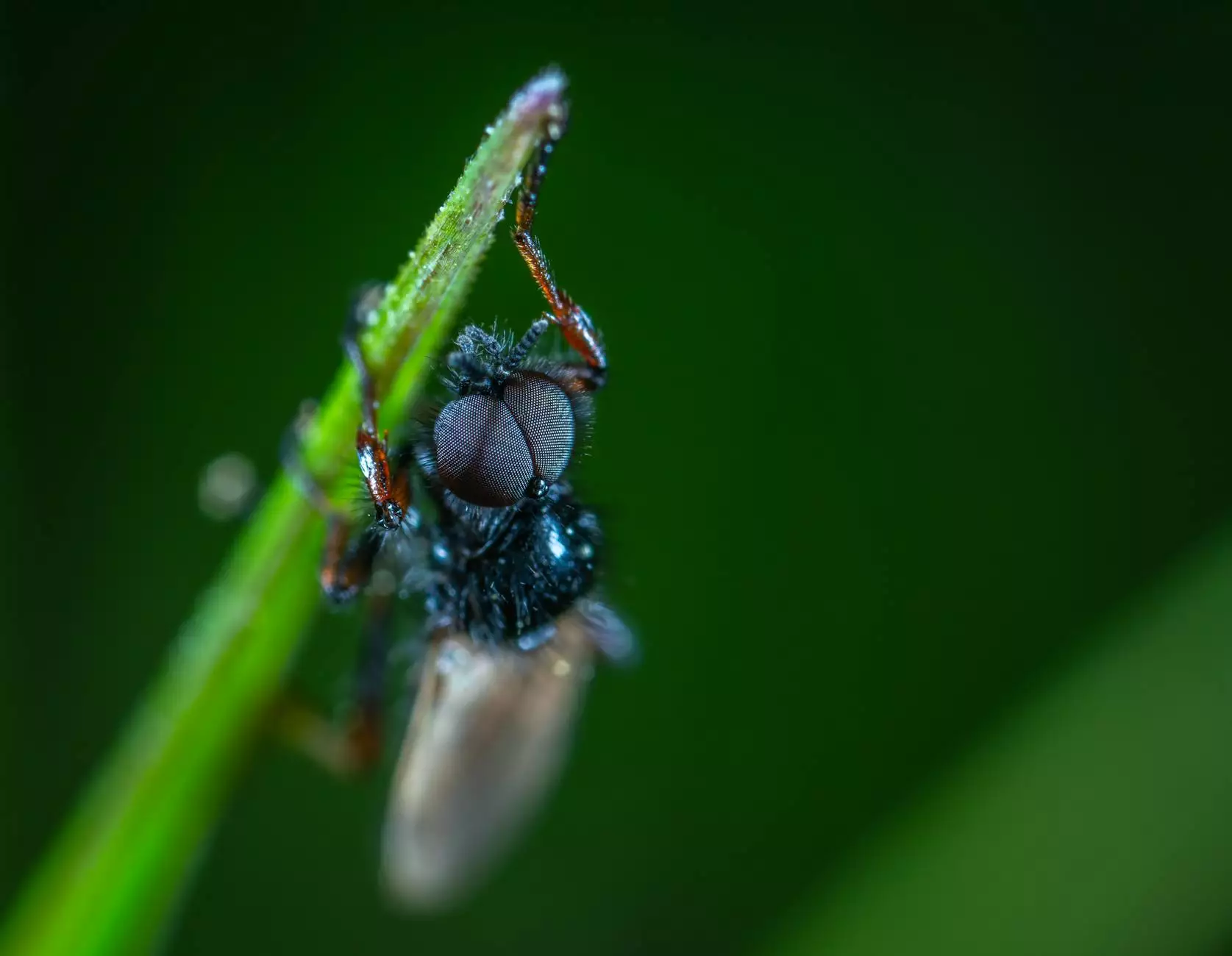Effective Wheat Weevil Control: Strategies for Farmers

Understanding the Wheat Weevil
The wheat weevil (Sitophilus granarius) is a common pest that can cause significant damage to stored grains. Recognizing these pests and implementing control strategies is essential for farmers and grain storers alike. Understanding their biology and behavior is the first step towards effective management.
Identifying Wheat Weevil Infestation
Before you can control wheat weevils, you must know how to identify an infestation. Here are some key signs:
- Presence of Adult Weevils: Adult weevils measure approximately 2.5 to 5 mm in length and have a distinctive elongated snout.
- Grain Damage: Look for small holes in grains which indicate feeding activity.
- Frass Accumulation: This is a sign of weevil activity, appearing as small, powdery material near infested grains.
The Life Cycle of the Wheat Weevil
To effectively control these pests, it is important to understand their life cycle:
- Egg Stage: Adult female weevils lay eggs inside grains.
- Larval Stage: The larvae hatch and feed on the grain, causing structural damage.
- Pupal Stage: After several days, the larvae pupate inside the grain before emerging as adults.
- Adult Stage: Adults emerge and repeat the cycle, leading to rapid population growth if left unchecked.
Effective Prevention Techniques
Preventing weevil infestations begins with proactive measures. Here are some proven strategies to ensure that your grain storage remains pest-free:
- Maintain Cleanliness: Regularly clean storage areas to remove old grains and debris that could harbor pests.
- Monitor Moisture Levels: High moisture content in grains can attract weevils; aim to keep moisture levels below 13.5%.
- Inspect Grain Before Storage: Always inspect the quality of the grain before placing it into storage. Infested grain can introduce weevils into your clean grain supply.
- Store Grain in Appropriate Conditions: Use airtight containers or silos to limit access to pests.
- Implement a Pest Management Plan: Regularly review and update your pest management strategies based on the current situation.
Control Methods: Chemical and Non-Chemical Approaches
When prevention methods do not suffice, control measures must be applied. Below are chemical and non-chemical methods suitable for wheat weevil control.
Chemical Control
Using approved insecticides can be effective, but it's essential to follow guidelines to ensure safety:
- Insecticidal Dusts: These can be applied to storage areas to kill adult weevils on contact.
- Fumigation: Used for larger storage facilities, this method involves sealing an area and using gas to eliminate pests.
- Insect Growth Regulators: These chemicals disrupt the growth and reproduction of weevils and can be an effective long-term strategy.
Non-Chemical Control
For those looking to avoid chemical interventions, non-chemical methods can also be effective:
- Cold Storage: Lowering temperatures for an extended period can kill weevils and their eggs.
- Heat Treatment: Exposing grains to temperatures above 50°C (122°F) for a specific duration can eradicate weevils.
- Use of Natural Predators: Introducing predators such as certain parasitic wasps can naturally control weevil populations.
Integrating Farming Equipment Maintenance for Pest Control
A significant aspect of farm management that ties into pest control is the maintenance of farming equipment. Equipment that is not properly maintained can become a hidden source of infestations:
- Regular Cleaning: Make it a regular habit to clean all equipment, especially after handling grains.
- Storage of Equipment: Store equipment in a dry, pest-free environment to avoid harboring pests.
- Inspection and Repair: Regularly inspect farming equipment, especially grain hoppers and transport vehicles, for signs of pest residue.
The Role of Technology in Wheat Weevil Control
Technology has transformed pest management strategies in agriculture. Implementing tech solutions can enhance the effectiveness of wheat weevil control.
- Automated Monitoring Systems: These systems can continuously monitor environmental conditions that favor weevil growth.
- Smart Storage Solutions: Advanced storage units provide real-time data on grain condition, helping to preempt infestations.
- Mobile Apps: Utilize apps that remind you of essential maintenance tasks and provide pest alerts and advice.
Final Thoughts on Effective Pest Management
Effective wheat weevil control requires a comprehensive approach that includes prevention, identification, and appropriate intervention methods. By understanding the behavior of wheat weevils and implementing both chemical and non-chemical control methods, farmers can protect their crops effectively.
Integrating technological solutions into your pest management plan, along with maintaining your farming equipment, will create a robust defense against infestations. Continuous education and adaptation are key to staying ahead of pests in today’s dynamic farming environment.
If you're looking for more detailed insights on wheat weevil control or need assistance with farm equipment repair, visit tsgcinc.com for expert advice and services.









